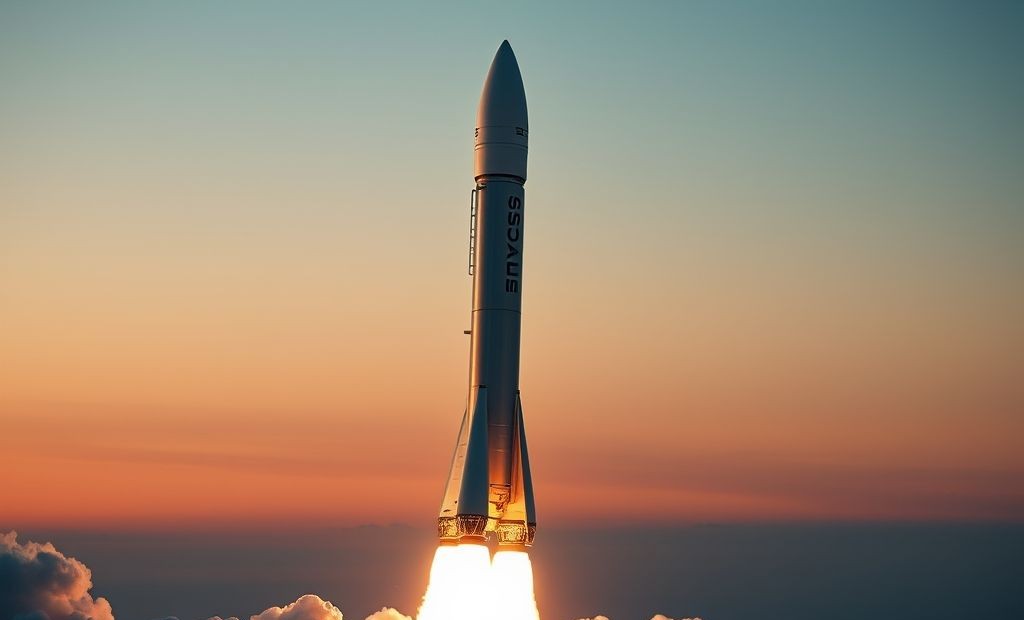Flight 10 Starship Imperfect Success Paves Way

SpaceX Starship Flight 10 Resilience Over Perfection SpaceX’s Starship Flight 10 underscored a pivotal shift in their approach to space exploration: prioritizing resilience over achieving...
⏱️ Estimated reading time: 3 min
Latest News
SpaceX Starship Flight 10 Resilience Over Perfection
SpaceX’s Starship Flight 10 underscored a pivotal shift in their approach to space exploration: prioritizing resilience over achieving flawless execution. This strategy highlights the iterative nature of cutting-edge technology development where learning from failures becomes as crucial as celebrating successes.
Focus on Adaptability
SpaceX structured Flight 10 to evaluate Starship’s adaptability under high stress the spacecraft exited Earth’s atmosphere deployed eight Starlink demo satellites and executed a Raptor engine relight while enduring intense reentry conditions. These maneuvers generated valuable data on performance limits. Live Science
Controlled Damage as Data
Despite sustaining heat shield damage and aft skirt burns during reentry the Starship completed its splashdown where planned indicating that even visible structural issues still feed into iterative engineering improvements.
Learning from Past Failures
Flight 10 followed a series of setbacks. Specifically Flights 7 through 9 ended in rapid unscheduled disassemblies RUDs or loss of control. However these failures provided crucial insights. Consequently engineers applied design adjustments that paved the way for Flight 10’s relative success.
Data-Driven Iteration
The data acquired during Flight 10 allows SpaceX engineers to refine the design and operational procedures for future iterations. SpaceX uses this data to improve the performance and reliability of Starship. Here are some key areas where such data is invaluable:
- Engine Performance: Analyzing engine behavior during various flight phases.
- Aerodynamics: Understanding how the vehicle interacts with the atmosphere.
- Structural Integrity: Assessing the resilience of the vehicle’s components.

Real-World Testing
Flight environments throw at rockets complex combinations of thermal stress structural loads and unexpected interactions not to mention configuration changes intentionally introduced for testing. Flight 10 for instance deliberately removed heat shield tiles and installed novel metallic designs including one with active cooling to evaluate how materials perform under intense reentry conditions.
Stress Beyond Simulation
Rather than playing safe SpaceX intentionally pushed components to their limits purposefully disabling a center engine during the landing burn to evaluate redundancy and handling under failure scenarios.
Direct Heat Shield and Structural Feedback
Flight 10 exposed Starship to actual atmospheric reentry generating valuable data on the durability of heat shield tiles and structural flaps. Though some damage occurred the vehicle held together an outcome only real-world testing could reveal .
Complex Maneuvers Executed in Real Time
Be it the upper stage’s payload deployment second-engine ignition in space or Starship’s controlled reentry and flip maneuver before splashdown all were tested under genuinely dynamic conditions beyond what simulations can offer .
Related Posts
Bluesky Enhances Moderation for Transparency, Better Tracking
Bluesky Updates Moderation Policies for Enhanced Transparency Bluesky, the decentralized social network aiming to compete...
December 11, 2025

Google Maps: Gemini Tips, EV Charger Predictions & More!
Google Maps Gets Smarter: Gemini Tips & EV Updates Google Maps is enhancing user experience...
December 9, 2025

US, UK, Australia Sanction Russian Web Host
Crackdown on Russian ‘Bulletproof’ Web Host The United States, United Kingdom, and Australia have jointly...
December 6, 2025











Leave a Reply